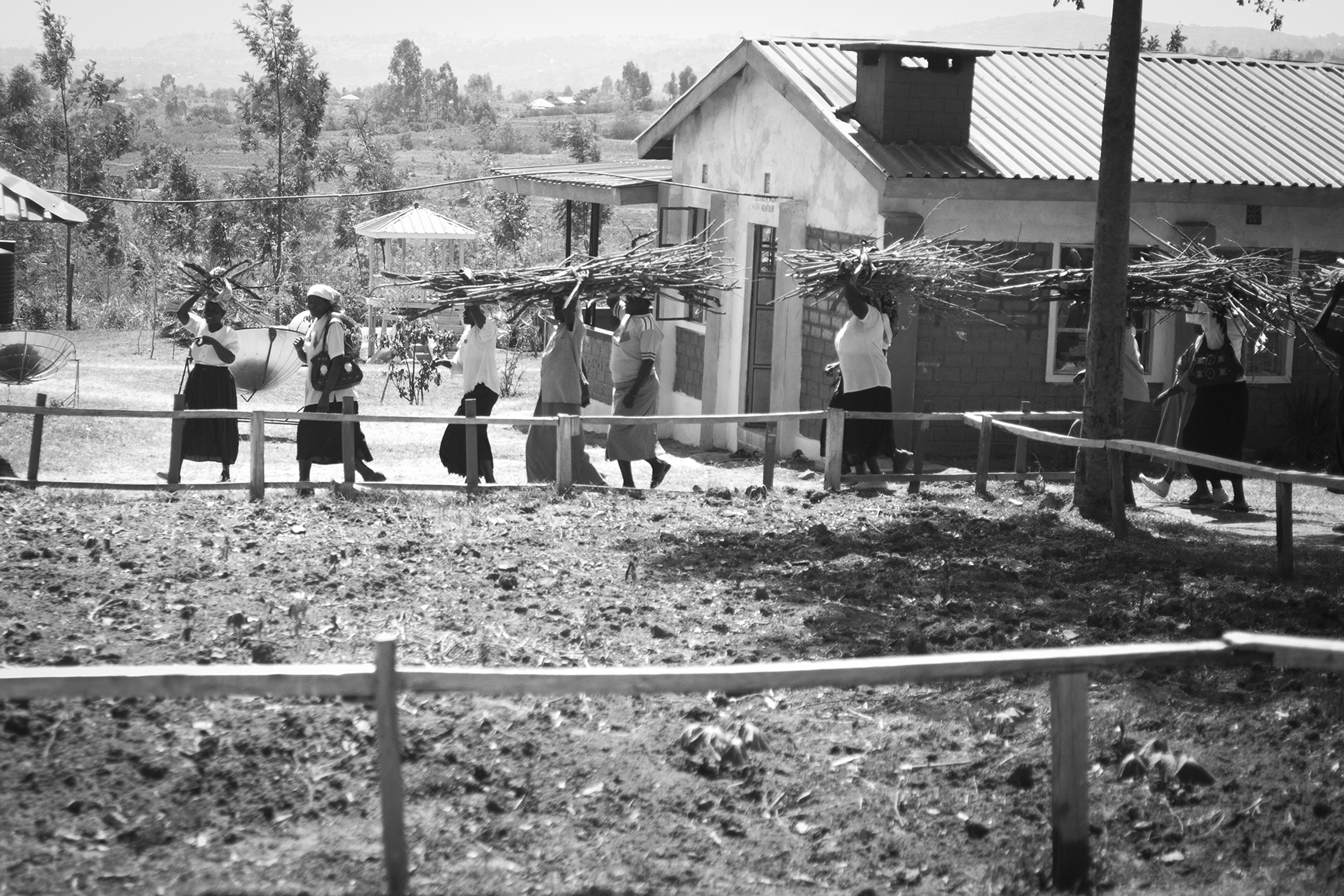How it began
In September 2004, Belgian journalist Annemie Struyf aheaded for Kenya in preparation of her book My status is positive. The idea was straightforward: it was to become a book of photographs about regular people, from Europe and Africa, all seropositive.
Before she knew, Annemie was swept away on a journey through Kenya and she fell in love with baby Hope. Annemie and family adopted Hope as part of their own family.
Return to Kenya
In September 2005, Annemie returned to Kenya, in search of Hope’s roots. This journey has resulted in the shocking and touching television series My daughter’s mother (VRT).
Together with a group of friends, Annemie founded Hope for Girls. Hope for Girls is a pluralistic foundation that focuses on educational opportunities for girls and the fight against female genital mutilation (FGM) in Kenya.


